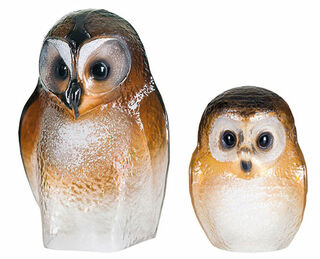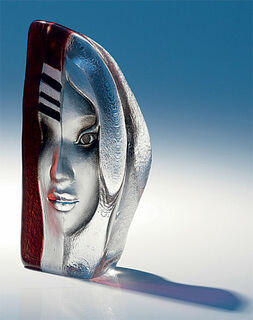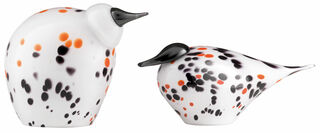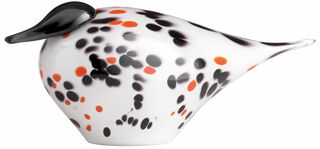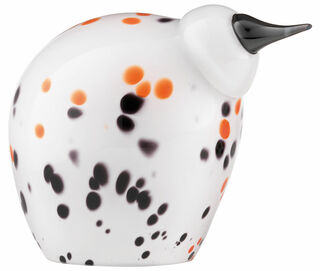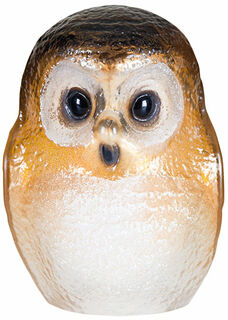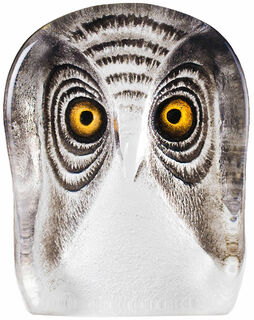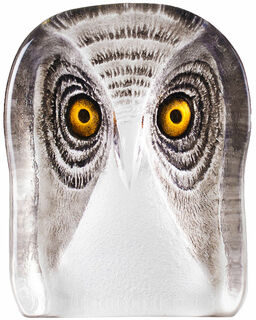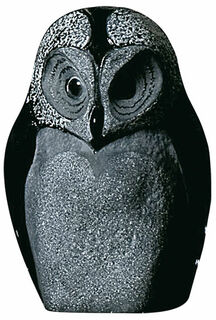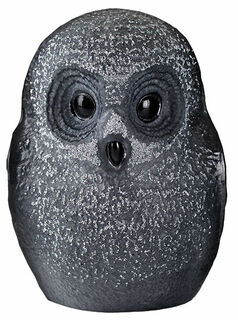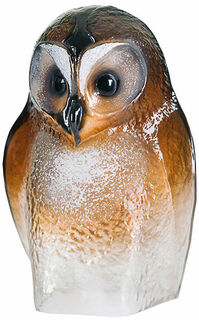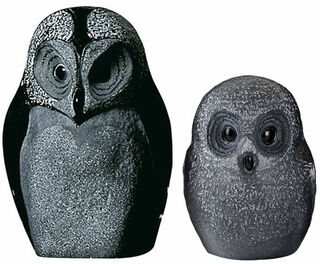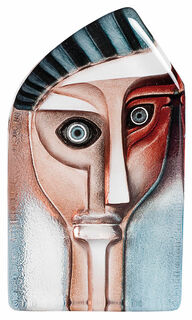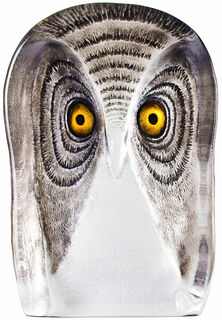Glass / Crystal
Sculptures have been produced from glass for thousands of years. Artefacts found in Egypt prove that people in ancient times were already making jewellery and art out of glass. Since then, glass processing has been continuously developed in all artistic epochs, establishing itself at the latest with the Art Nouveau movement and the success of Louis C. Tiffany. Even today, glass sculptures maintain a modern and decorative effect. It is, above all, the partial or complete transparency that gives a glass sculpture its extraordinary character. Thus, its appearance can fundamentally change with the incidence of light. For example, its hue can become lighter, or darker, or it can sparkle in the sunlight. Furthermore, the colours, the cut or even the engravings have a special effect on the glass like on no other material.
A great deal of artisanship is required to process glass for a sculpture. The best-known technique is glassblowing, in which the glass is shaped under heat and airflow. However, a glass sculpture can also be cast. For this, the artist makes a mould out of refractory material, which is filled with liquid glass. Afterwards, the glass sculptures can be engraved, painted, or polished.
Crystal sculpture is closely related to glass sculpture. Their production methods are very similar, but they differ in the mixture of raw materials. The German conditions that must be met for crystal glass are defined in a dedicated "Crystal Glass Labelling Act". Crystal is usually more transparent and due to light refraction, exhibits special colour effects. This makes a crystal sculpture look particularly elegant and exclusive.

